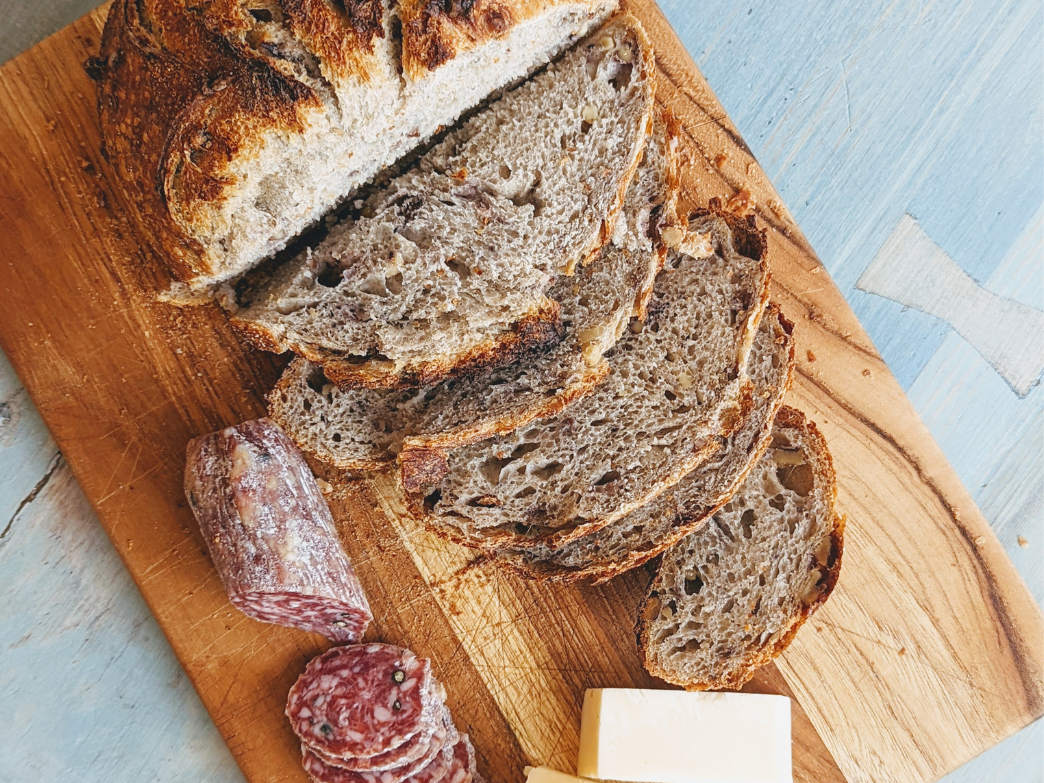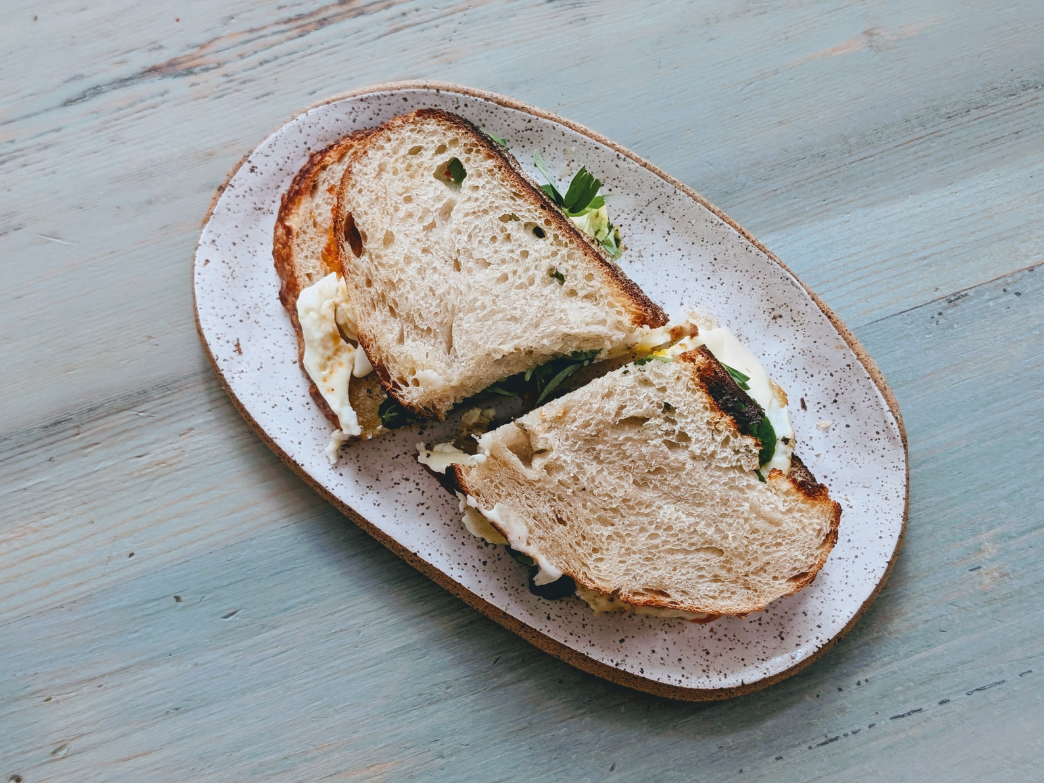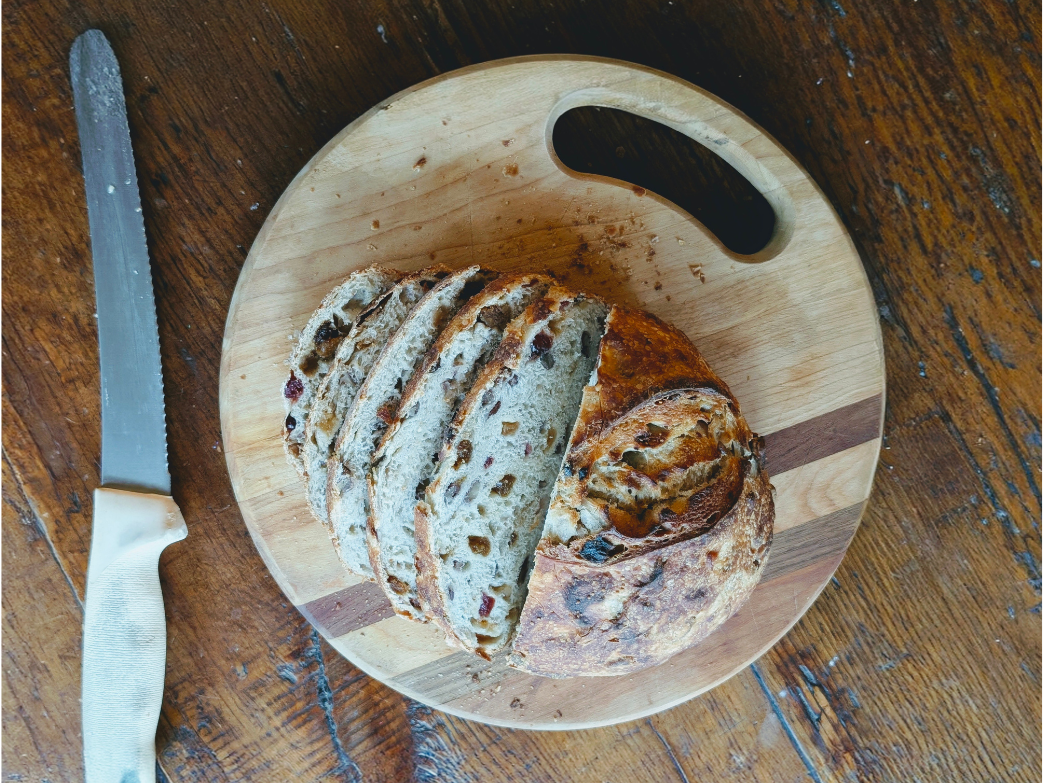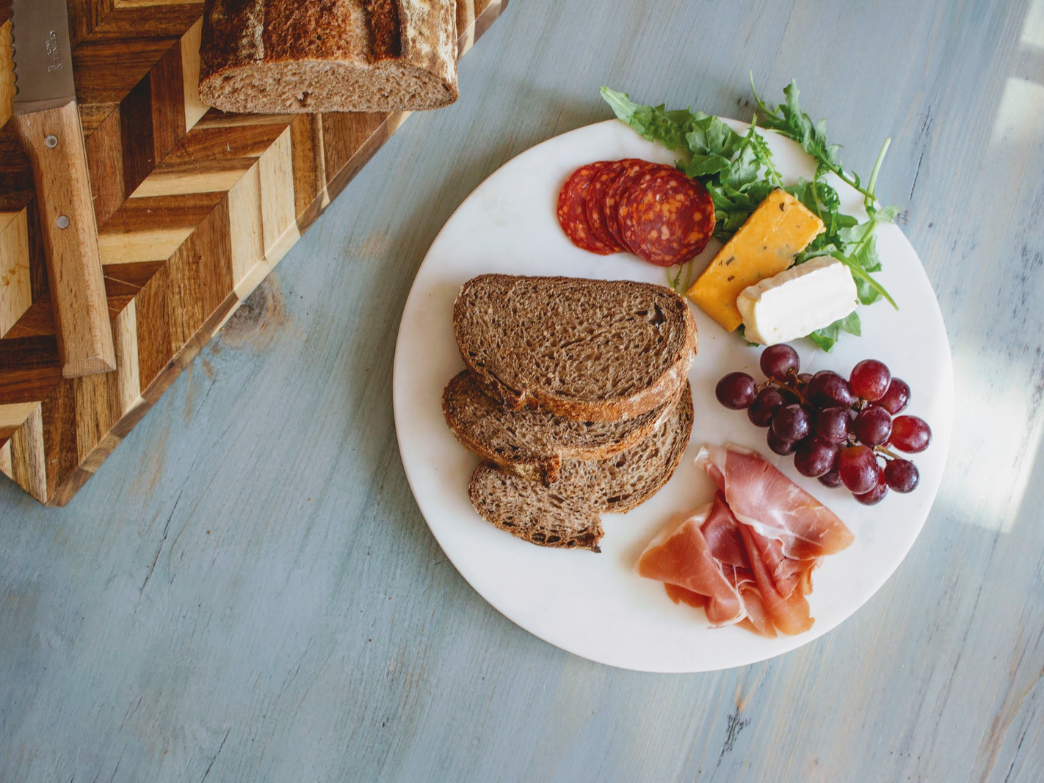By Lucy Yanckello, Ph.D.
One thing that can be agreed upon is that whether in the form of tortilla, pita, focaccia, or a wrap, it’s always bread, and always delicious. Flour is the star of each of these delicious snacks and each has their own unique health benefits.
Which is healthier to eat: bread or tortilla or pita or wrap?
Each of the mentioned types of bread has benefits when it comes to your health. Let's start with bread, which is often demonized by the health community. Although bread is high in carbs, certain varieties, such as whole grain bread, are also high in fiber – which has many health benefits. In addition, the flour used in bread is often enriched with important B-complex vitamins to boost the nutritional value and help prevent deficiencies. To get all the health benefits of bread, stick to the whole-grain varieties.
Tortillas come in two forms, corn and flour. Corn tortillas are a good source of fiber because they are considered whole grain – just like whole grain bread – and magnesium, which plays a vital role in brain, heart, and muscle health. They are also lower in carbs, calories, and fat, than flour tortillas. Flour tortillas do also have benefits as they provide iron. Corn tortillas are a good alternative for those who have gluten intolerances or allergies, as corn is gluten-free. In addition, corn tortillas are usually much smaller in size (6 in) compared to flour tortillas (8-10 in), giving a built in sense of portion control. If you are looking for a healthier tortilla option, opt for corn.
Wraps are often thought as the “healthier” alternative to sandwiches. However, the color and name of wraps is often misleading, so it is important to read the nutrition label and ingredients. Whole-wheat wraps generally contain more nutrition than plain white flour wraps, but it is important to scan and make sure hydrogenated oils and other trans fats are not part of the ingredients. Colorful red and green wraps do not offer any nutritional benefits, and are often made with only small amounts of tomato or spinach powder for coloring and flavor. The nutritional content of a wrap depends on its ingredients, not just how it looks.
Pitas are similar to a wrap, but are a little thicker. Pita breads are relatively low in fat content, and have a similar protein and carbohydrate content to a slice of bread. These flat breads also contain calcium and iron, and are considered to be low sodium foods. Just as with other whole-grain bread options, the fiber content can aid in digestion and lowering blood sugar.
Which has the most carbs: tortilla vs. wrap vs. bread vs. pita? Which has the most calories: wrap vs. tortilla vs. bread vs. pita?
When the nutritional content of each type of bread is compared, they are very similar across the board, varying by only 1-3 grams (g) of each nutrient.
|
Nutritional Content |
Whole-Wheat Bread |
Corn Tortilla |
Whole Wheat Wrap |
Pita |
|---|---|---|---|---|
|
Calories |
92 |
96 |
110 |
90 |
|
Carbohydrates |
17g |
20g |
22g |
17g |
|
Protein |
3g |
2.5g |
4g |
4g |
|
Fat |
2g |
1.3g |
2g |
1g |
|
Fiber |
2g |
3g |
5g |
2g |
Which is the best for weight loss and dieting: wrap or pita or tortilla or bread? Can you still eat bread, pita, tortillas, and wraps when trying to lose weight?
When trying to lose weight or diet, it is important to focus on the protein and fiber content in the wrap, pita, tortilla, or bread you are consuming. Sticking with whole-wheat or whole-grain options will allow for higher fiber and higher protein. Fiber has a range of benefits including promoting weight loss, lowering blood sugar, fighting constipation, boosting heart health, lowering cholesterol, and feeding the “good” bacteria in our guts. High protein diets also have benefits for weight loss and metabolic health, so sneaking in extra protein in a carbohydrate source is always helpful. The main focus when losing weight and dieting does not need to be about cutting out entire food groups, but instead making smarter choices in terms of the type (opting for whole grains), and portion of the foods we love.
What’s the difference between tortilla vs. wrap? Which is healthier: wrap or tortilla?
A tortilla is a flat bread that is unleavened (does not use yeast or a chemical leavening agent) and uses corn or wheat as its flour source. Tortillas do not contain any spices or flavors and are often smaller in size. A wrap, on the other hand, is a soft bread made with a dough that contains yeast. Wraps are usually larger and contain spices and flavors. Compared to a corn tortilla, a whole wheat wrap has higher protein and fiber content, and a similar fat content.
Which is healthier: bread or wrap?
Wraps contain more carbohydrates but also contain more fiber. One slice of whole-wheat bread and one whole-wheat wrap also contain a similar protein content and contain the same amount of fat. As long as you are choosing whole-grain options, whichever you prefer to eat is what you should choose.
Which is healthier: bread or tortilla? Is bread more fattening than tortilla?
Bread and corn tortillas have a very similar nutrient profile. However, if you are choosing a flour tortilla, to get the most health benefit, be sure to choose one made with whole-wheat flour rather than refined white flour. Flour tortillas do also usually contain a higher fat content, so be wary of that as well. The most important consideration when choosing the carbohydrate you want to enjoy is that it consists of whole-grains, in order to get the most health benefits.
Where can I buy fresh bread online?
At Wildgrain, we specialize in making high-quality, fresh breads and pastas that are delivered directly to your door. Wildgrain is the first bake-from-frozen delivery subscription service for breads, pastries, and fresh pastas. Some of our popular breads include everything sourdough bread, plain sourdough loaf, and sourdough 7-grain loaf. Learn more about Wildgrain and our artisanal baking and cooking methods.
About the Author
Lucy Yanckello received her Ph.D. in nutrition from the University of Kentucky College of Medicine. She currently works as a medical writer and enjoys being able to help people better understand nutrition and science.
This content is for informational use only and does not replace professional nutrition and/or medical advice, diagnosis or treatment. It is not a substitute for and should not be relied upon for specific nutrition and/or medical recommendations. Please talk with your doctor about any questions or concerns.



